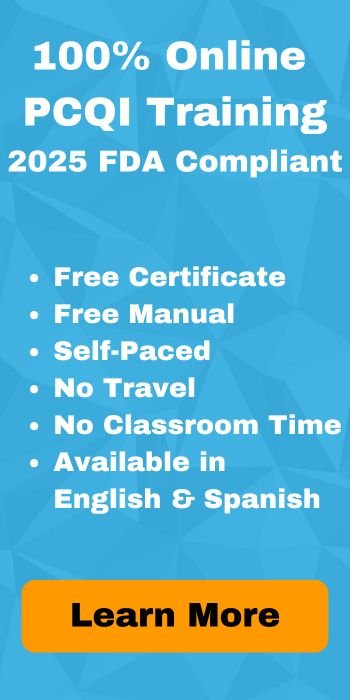Understanding food safety can be a bit difficult if you’re new to the industry. Many terms sound similar but are very different – and verification and validation are two that often trip people up. In this blog post, ImEPIK will discuss what these two terms mean and how they’re distinct from each other and serve different food safety purposes.
What is Food Safety Validation?
Validation, simply defined, is a collection of scientific proofs showing that the processes used to create, store, package, and distribute a food product will kill and control pathogenic organisms.
Okay, that sounds a little complicated. Let’s break it down with a simplified example. Say you own a pizza shop and that you run your pizzas through a 550-degree oven for 5 minutes to cook them and kill any harmful microorganisms.
In this case, food safety validation would mean that you put together a set of scientific proofs showing that cooking a pizza at 550 degrees Fahrenheit for 5 minutes is enough to kill pathogens and make the food safe. This proof can come from mathematical models, regulatory resources like the FDA, peer-reviewed scientific literature, and other sources that may apply to how you are processing the food product.
You must record the details of every preventive control implemented during the food production process and show that every step you’re taking has scientific, real-world backing for safety and efficacy. This information would be captured in a validation report.

What is Food Safety Verification?
Verification is a bit simpler than validation: it’s the process of ensuring that the methods you’ve implemented are being effectively and consistently carried out during food production. Food safety verification would be like a health inspector coming to your pizza shop to observe your workers, workspace, processes, and other things you’re doing to see if you’re actually handling the food safely. Food safety verification in industrial food production happens through activities such as:
- Reviewing the food safety plan
- Walking through production facilities
- Reviewing production documents
- Testing food products
- Conducting internal audits
- Verifying employee compliance with various safety requirements
Facility staff conducting these activities will document their findings to confirm the food safety system’s overall effectiveness, continually improve the plan, and ensure that finished food products comply with current standards.
A Preventive Controls Qualified Individual (PCQI) Will Conduct Verification and Validation Activities
Verification and validation work together to promote food safety. Validation helps ensure the methods used to render food safe are truly effective, while verification ensures that your production workers are appropriately implementing the food safety plan on your production line. In addition to this, a PCQI with the proper food safety training and expertise must complete verification and validation activities.

Need PCQI Training? Contact ImEPIK Today to Get Started!
At ImEPIK, we offer food safety and PCQI training throughout the United States. Whether you need to train your workers or you’re just looking to deepen your knowledge of food safety to advance your career, we’re here to help. Contact us via our webchat or call us at 1-866-318-9855 to learn more. Explore our interactive online learning platform to see why ImEPIK is the best choice for your team’s PCQI training. Get started today!

